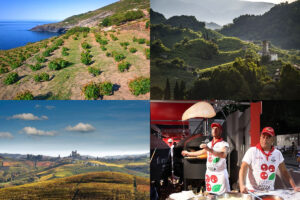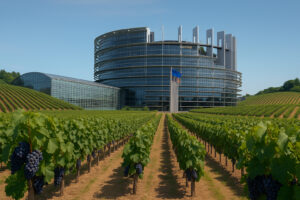Europe will return 572 million euros of unused funds in 2010, to Italy. How should it be distributed? The CIA (Italian Farmers Confederation) is clear on the subject and requests that these funds be used to solve some serious emergencies that have affected agriculture, such as the “killer bacteria” and rising fuel prices. In Europe, support for the primary sector is struggling to grow, while the United States has literally outclassed us with a 65% increase in aid between 2006 and 2009, compared to 21% in the Old World.
Considering the Commission proposals for the 2014-2020 financial plan, there are real risks that Italian agriculture will become weaker and weaker and less and less competitive. There is more than 10% reduction of resources allocated to the CAP, reveals CIA, after analyzing the data released recently by Momagri, the Movement for a worldwide organization of agriculture.
Using SGPA (overall support to agricultural production) as an indicator, Momagri calculated that between 2006 and 2009, U.S. aid to the sector increased from 98.2 to 162.3 billion dollars. In the same period support from the EU was 81.1 billion euros in 2009 compared to 67 billion in 2006.
In the United States the increase in agricultural support is mainly due to an increase in budget support, public food aid (+36.194 billion dollars), a monetary policy and a favorable exchange rate, which represented an indirect subsidy estimated at 14.511 billion dollars in 2009, or 12 percent of the funds granted. Moreover, compared to the number of inhabitants, the SGPA was 2.4 times higher in the United States than Europe in 2009, and on average 1.9 times higher in the 2004-2009 period. The risk now is that our agriculture becomes weaker and less competitive on international markets compared to those who invest seriously in the primary sector. This is the reason - concludes the CIA – why the future Common Agricultural Policy will have to focus on agriculture and agricultural enterprises and at least maintain the current resources.
Copyright © 2000/2025
Contatti: info@winenews.it
Seguici anche su Twitter: @WineNewsIt
Seguici anche su Facebook: @winenewsit
Questo articolo è tratto dall'archivio di WineNews - Tutti i diritti riservati - Copyright © 2000/2025








































































































































































































